
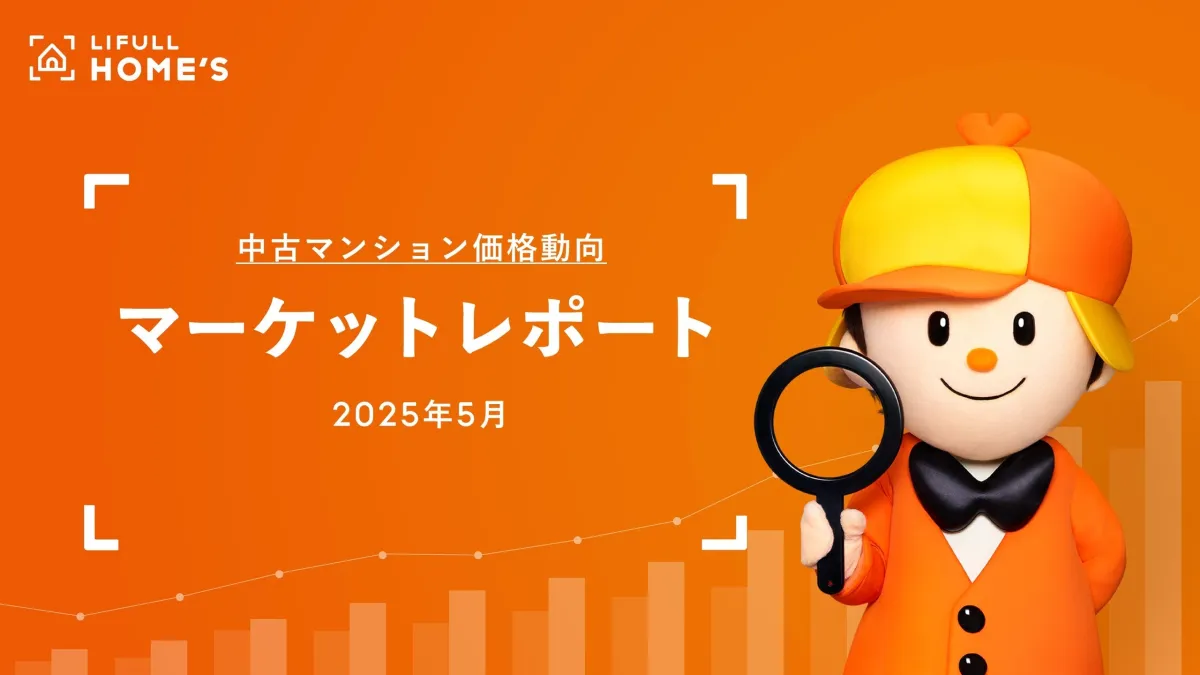
Significant Surge in Second-Hand Apartment Prices in Japan's Major Cities
The Rise of Second-Hand Apartment Prices in Japan
In the latest report published by LIFULL HOME'S, a leading real estate information service provider, the trend of overwhelming price increases for second-hand apartments has been detailed, reflecting the current housing market dynamics in Japan. This update on May 2025 is particularly relevant as it delineates the sharp price fluctuations observed in various regions, with a highlight on single-person and family-oriented residences.
Record Prices Achieved
One noteworthy statistic from the report indicates that the average listing price for single-person second-hand apartments in the Greater Tokyo area has reached an all-time high of ¥42,870,000, marking an impressive year-on-year increase of 121.7%. The price surge is attributed to several factors, including limited availability and growing demand, indicating a healthy market environment for sellers. In the Kansai region, particularly within Osaka Prefecture, a significant spike in prices was observed, climbing to an average of ¥27,420,000, which corresponds to a 123.1% increase from the previous year.
Moreover, the six central wards of Osaka City exhibit a remarkable 148.7% increase from ¥27,000,000 to ¥40,150,000, serving as a critical driver for the price elevation across the Kinki region. This indicates a competitive market where investors and homeowners are keenly interested in urban properties. On the other hand, the four major local cities—Sapporo, Sendai, Hiroshima, and Fukuoka—also experienced significant rainfall in property values, with Fukuoka City reporting an astounding 140.2% increase from ¥18,500,000 to ¥25,950,000.
Prices For Family-Oriented Homes
The family-oriented segment of the market has not seen a decline either, with both the Greater Tokyo and Kansai areas recording all-time high prices for family-friendly apartments. In the Tokyo metropolitan area, the average price rose to ¥46,680,000, an increase of 117.9% compared to the same month last year. Notably, while other prefectures in the region have seen relatively stable prices, Tokyo's figures, especially for properties in the city’s central zones, are climbing at an exponential rate of 135%.
In the Kinki region, the six central wards of Osaka City are leading once again, with prices increasing by a staggering 150.6% from ¥56,870,000 to ¥85,670,000, a substantial leap showcasing the flourishing interest in urban residential spaces. When we analyze the price per square meter, there’s a stark realization that the average price has soared beyond ¥119,000, marking an increase of 145.1% compared to the previous year.
Factors Influencing Price Growth
The report highlights several contributing factors to this vigorous market growth, such as urban migration trends, increased economic activity in metropolitan areas, and changing preferences in housing styles due to the pandemic era. With an evolving work-from-home culture, many individuals seek larger, more comfortable living spaces that offer proximity to essential amenities and services.
The implications of these market trends extend to both prospective homebuyers and sellers. For buyers, it poses a challenge due to rising prices and escalating competition for desirable properties. Conversely, sellers are in a favorable position, able to leverage the heightened demand to secure advantageous sales prices.
In conclusion, the real estate dynamics illustrated in the LIFULL HOME'S report underscore a vibrant Japanese real estate market, particularly for second-hand apartments, as it adapts to evolving societal trends and economic conditions. Stakeholders in the property sector should closely monitor these developments as they unfold towards the end of 2025, as they will undoubtedly shape the future landscape of Japan's real estate market.
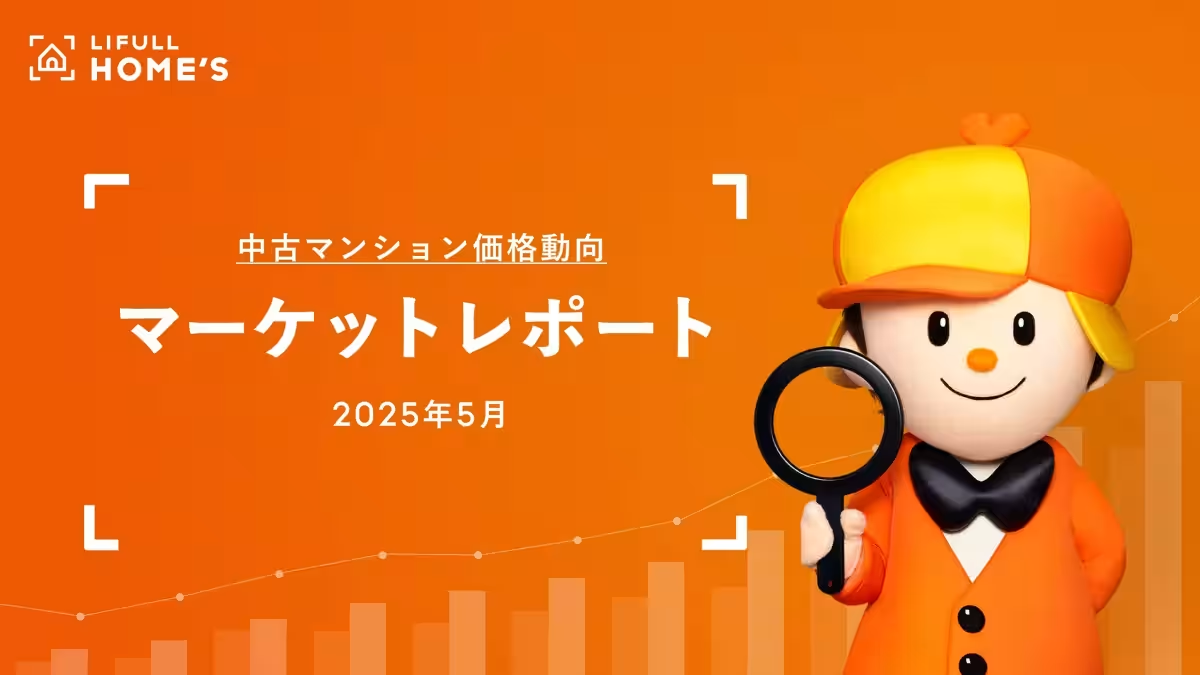
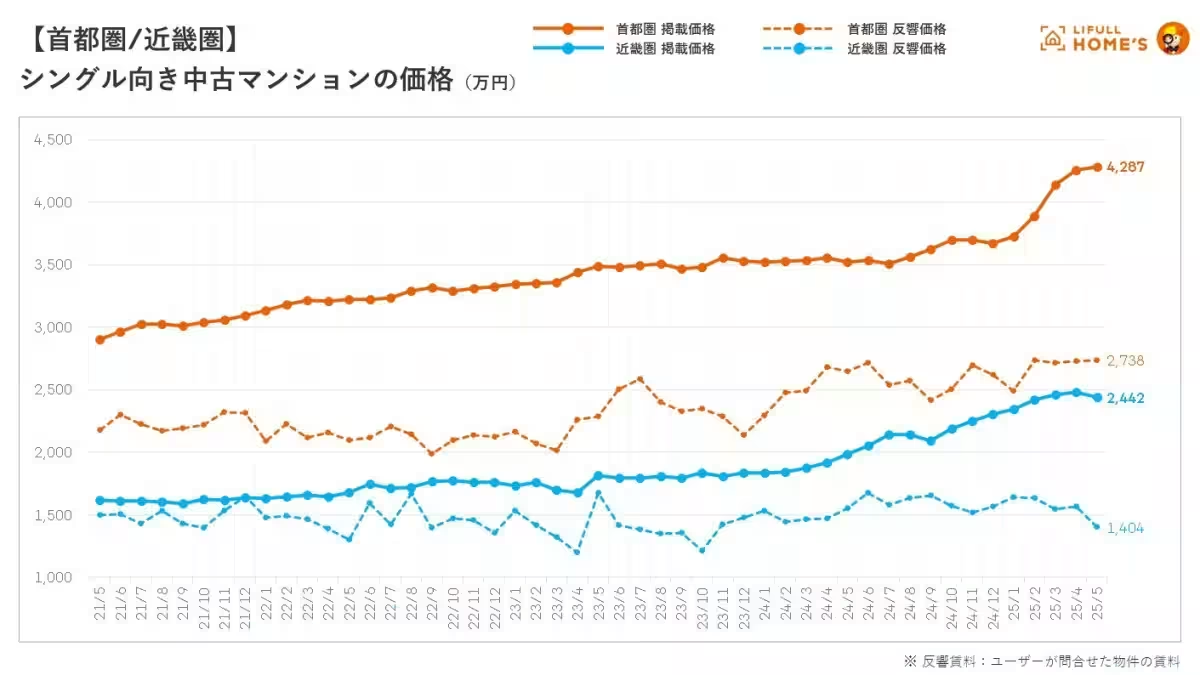
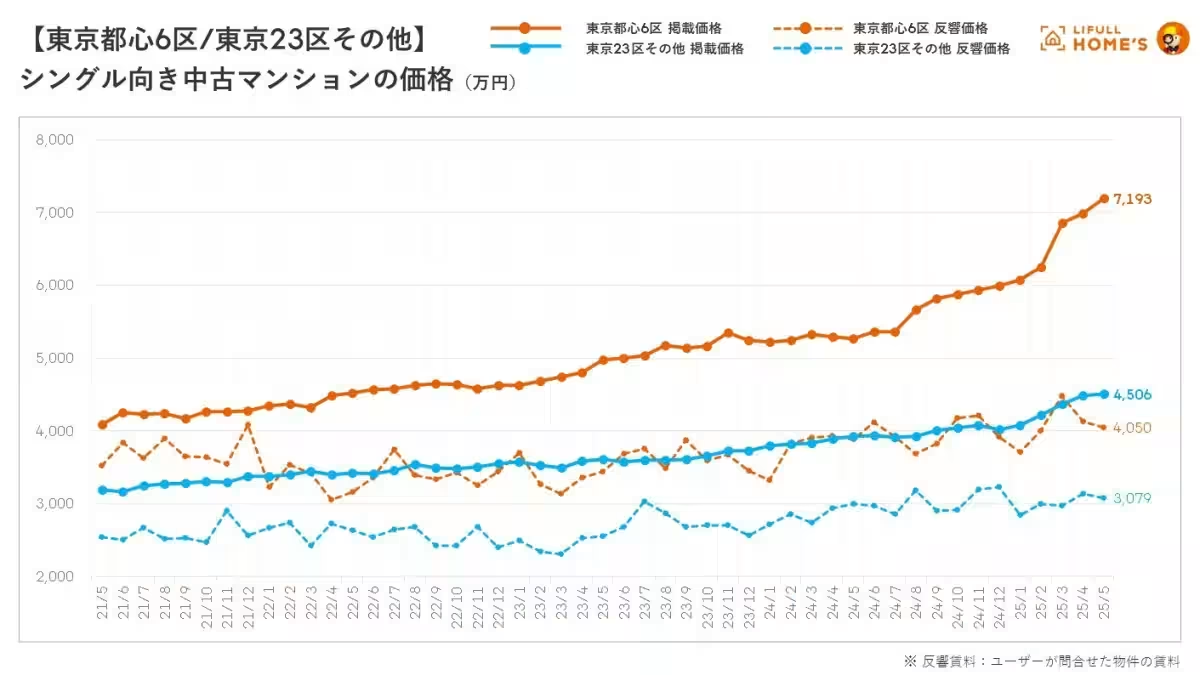
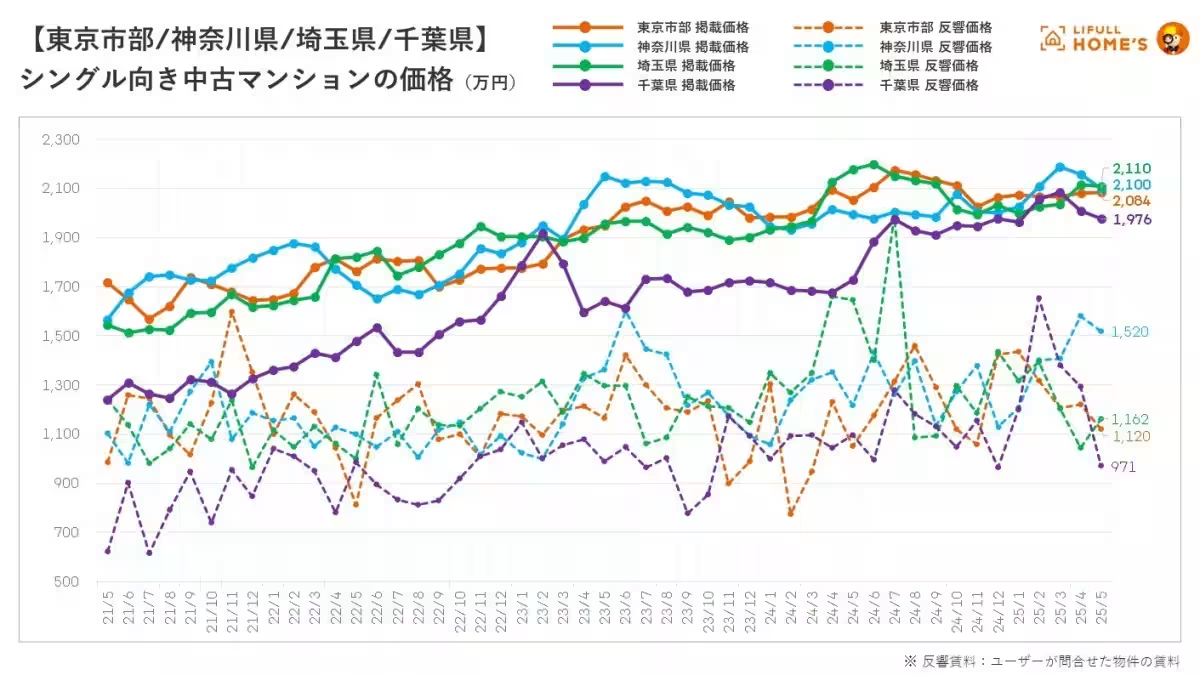
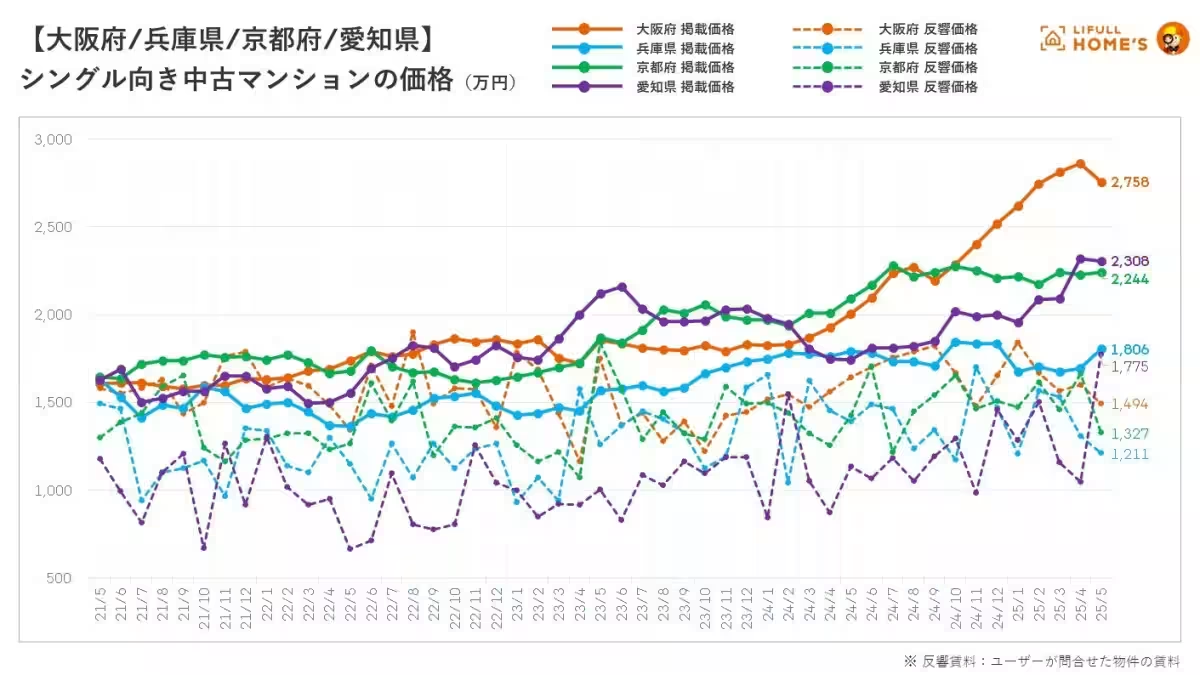
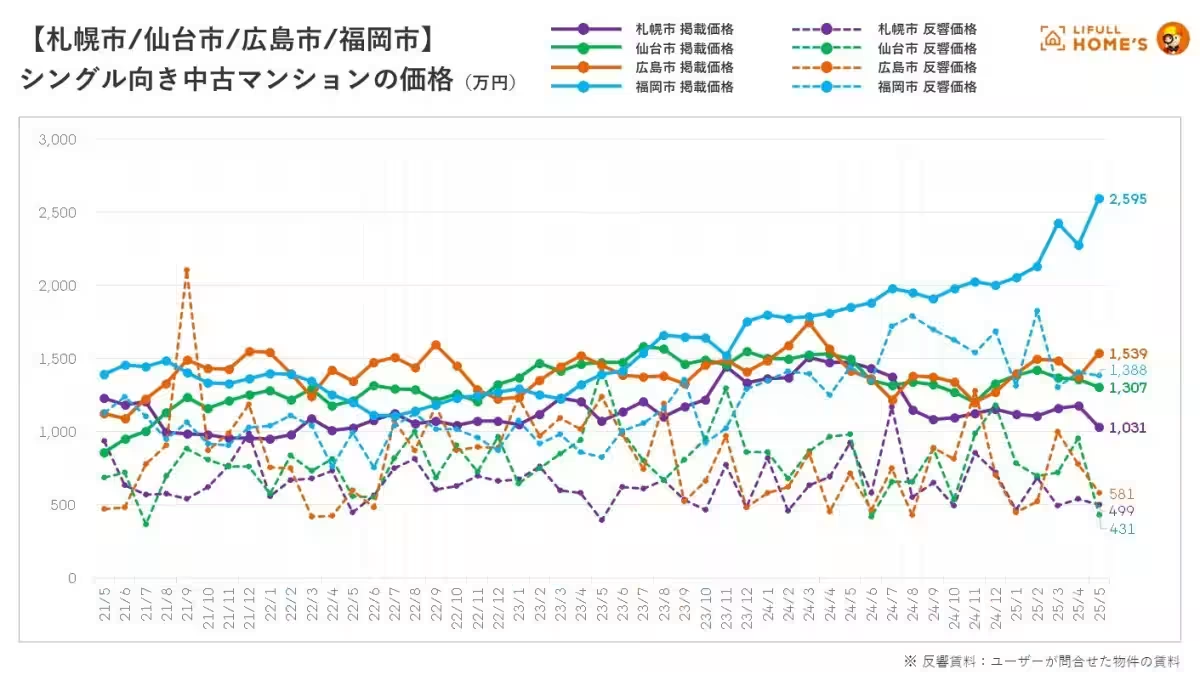
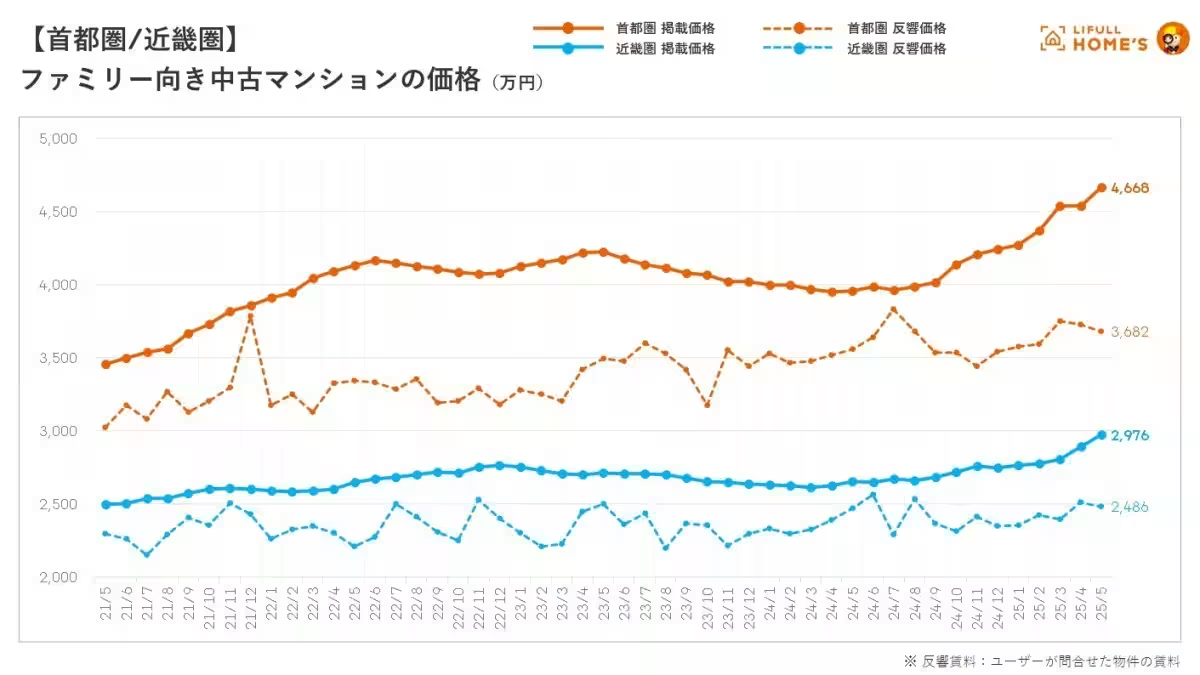
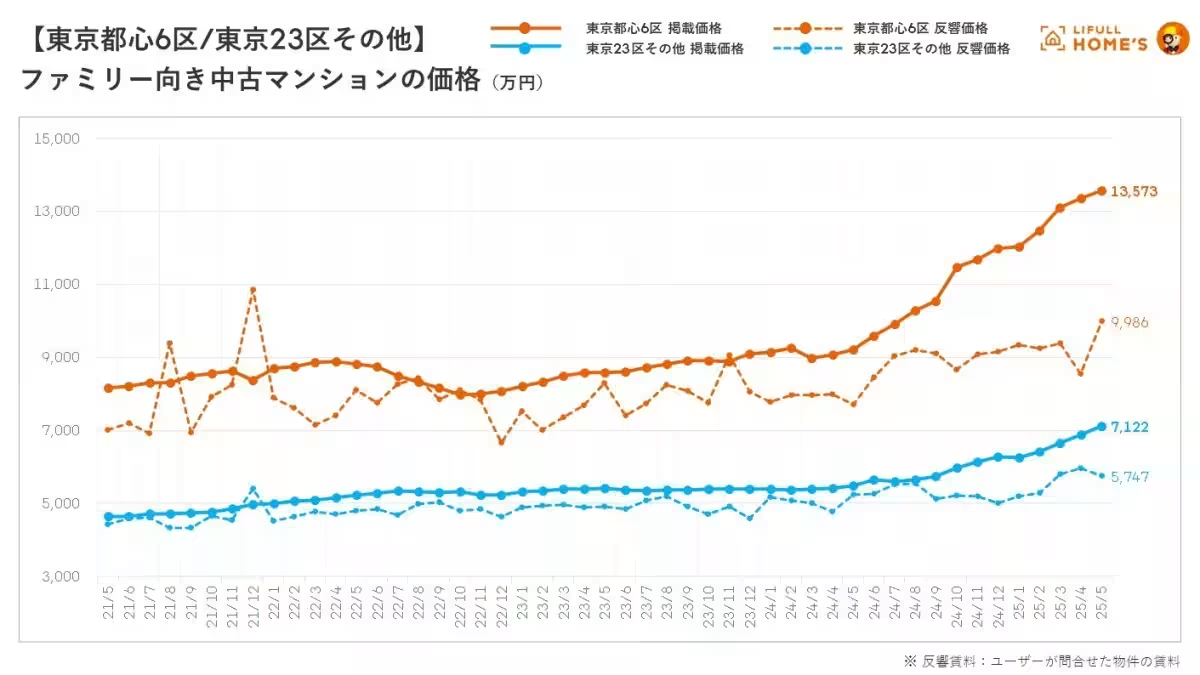
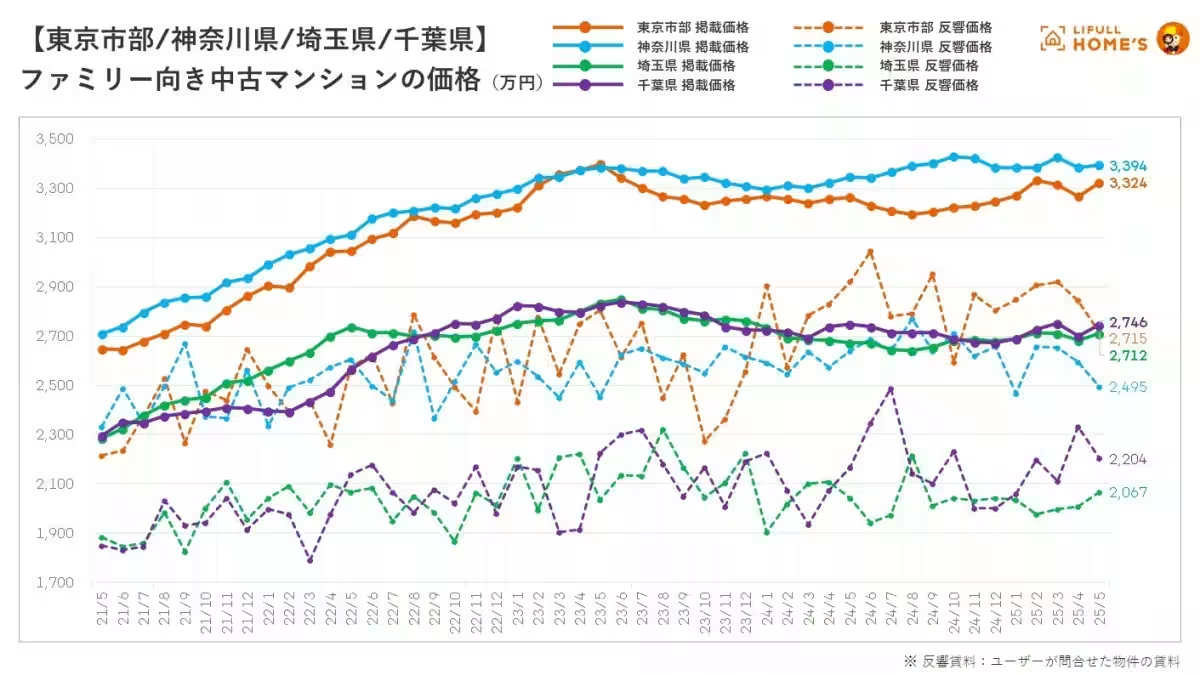
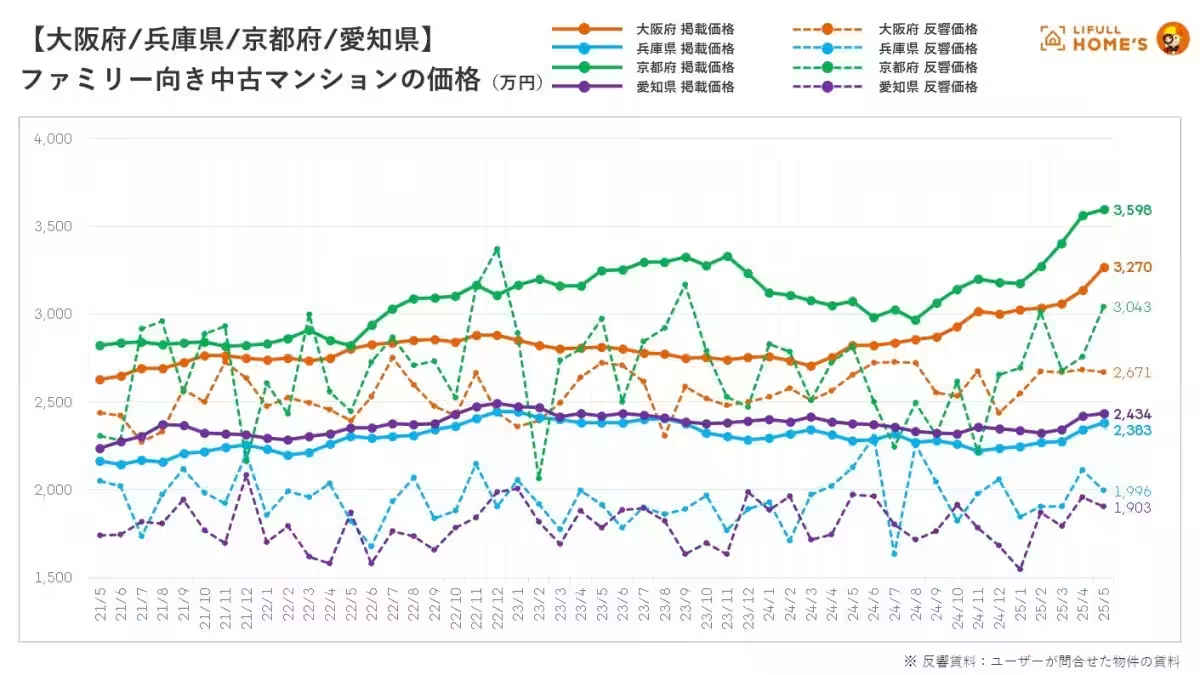
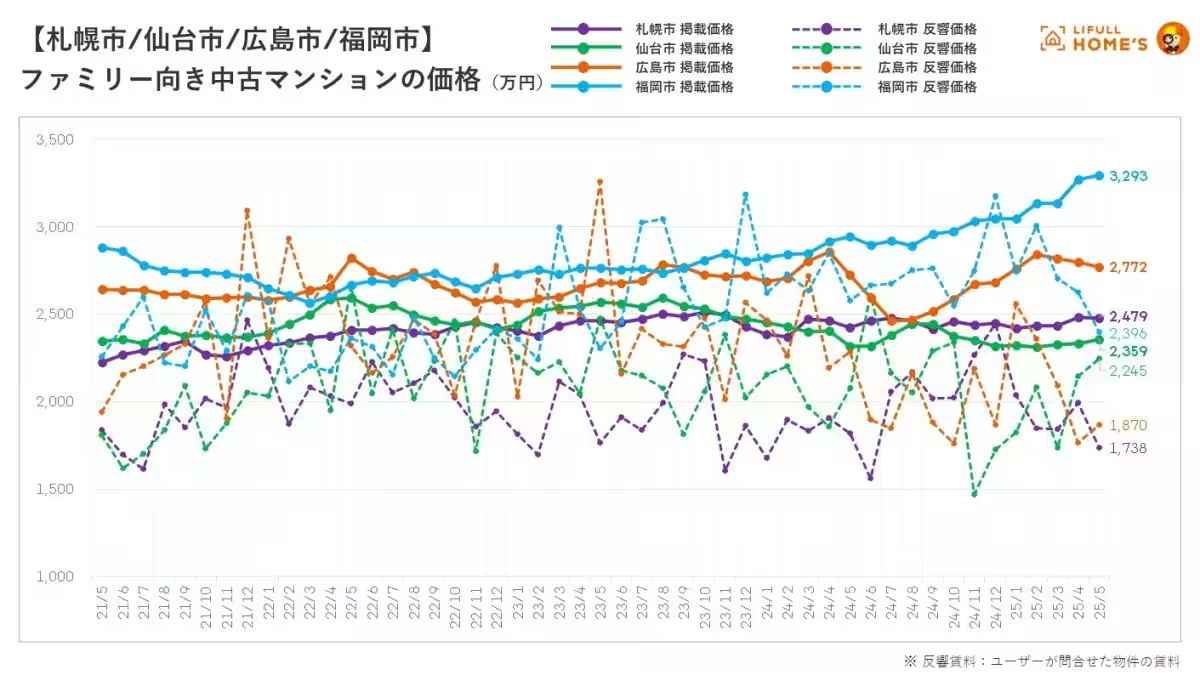

Topics Consumer Products & Retail)










【About Using Articles】
You can freely use the title and article content by linking to the page where the article is posted.
※ Images cannot be used.
【About Links】
Links are free to use.